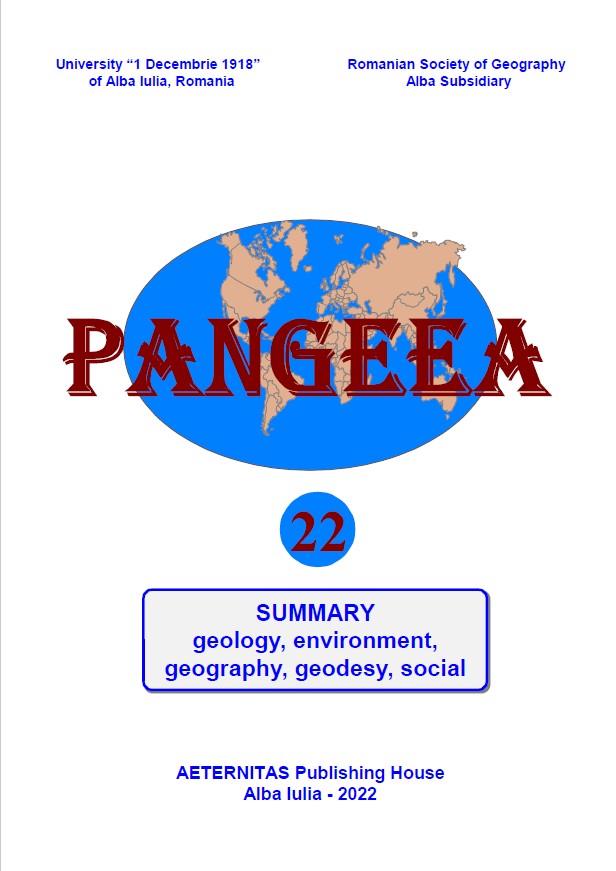COUNTRY GEOGRAPHICAL, HISTORICAL AND ETHNO-CULTURAL
REGION OF NORTHERN TRANSYLVANIA
COUNTRY GEOGRAPHICAL, HISTORICAL AND ETHNO-CULTURAL
REGION OF NORTHERN TRANSYLVANIA
Author(s): Alexandru TătarSubject(s): Cultural history, Customs / Folklore, Regional Geography, Historical Geography, Cultural Anthropology / Ethnology, Culture and social structure , Tourism
Published by: Editura Aeternitas
Keywords: Ethnography; Tourism; Promotion; Country; Traditions;
Summary/Abstract: Northern Transylvania (North-West Development Region) is one of the eight development regions in Romania and is composed of six counties: Bihor, Bistriţa-Năsăud, Cluj, Maramureş, Satu Mare and Sălaj. In this research, I will analyze the country from a geographical and historical perspective, but especially from an ethnocultural perspective. The study focuses mainly on the integration of Bistrţa -Năsăud county into the ethnic-cultural identity of the region. The objectives of the research are the promotion of the ethnographic cultural heritage of the studied region, promotion of local traditions, creation of a tourist product that contributes to the development of the local economy, and promotion of local tourism by connecting ethnographic areas. The anthropic tourist potential, in terms of variety and value, is directly linked to the long evolution of human civilization and the cultural interferences of the ethnic mosaic specific to Transylvania. When we say Romanian rural culture, we are referring to handicrafts, crafts, folk festivals and fairs, etc. We can proudly speak of Romanian culture as characteristic of the rural environment because, in addition to the daily activities characteristics of the rural environment (agriculture, animal husbandry, beekeeping, fishing), crafts and folk tradition are elevated to the level of art. To highlight the ethnographic tourist heritage of the region, we have created a tourist product that unites the ethnographic areas of the region under study, i.e., Ţara. Since tourism exploits the originality and originality of things and events, it will find in the treasury of Romanian folklore an inexhaus Ţibleş source of revelations. In these resources full of deep meanings lies a great opportunity, not sufficiently exploited, of the tourist offer in the region, namely, to provide visitors with a unique tourist product. The recent development of rural tourism in Europe has put us in a very favourable position, as it is mainly aimed at attractions in this category. Genuine folk culture is the preserve of rural life, with traditions preserved and enriched by their creators, and the country is a pole of attraction that must be enhanced through planning, the promotion of celebrations and folk customs so original and traditional architecture and folk costumes.
Journal: PANGEEA
- Issue Year: 22/2022
- Issue No: 22
- Page Range: 67-89
- Page Count: 23
- Language: English

